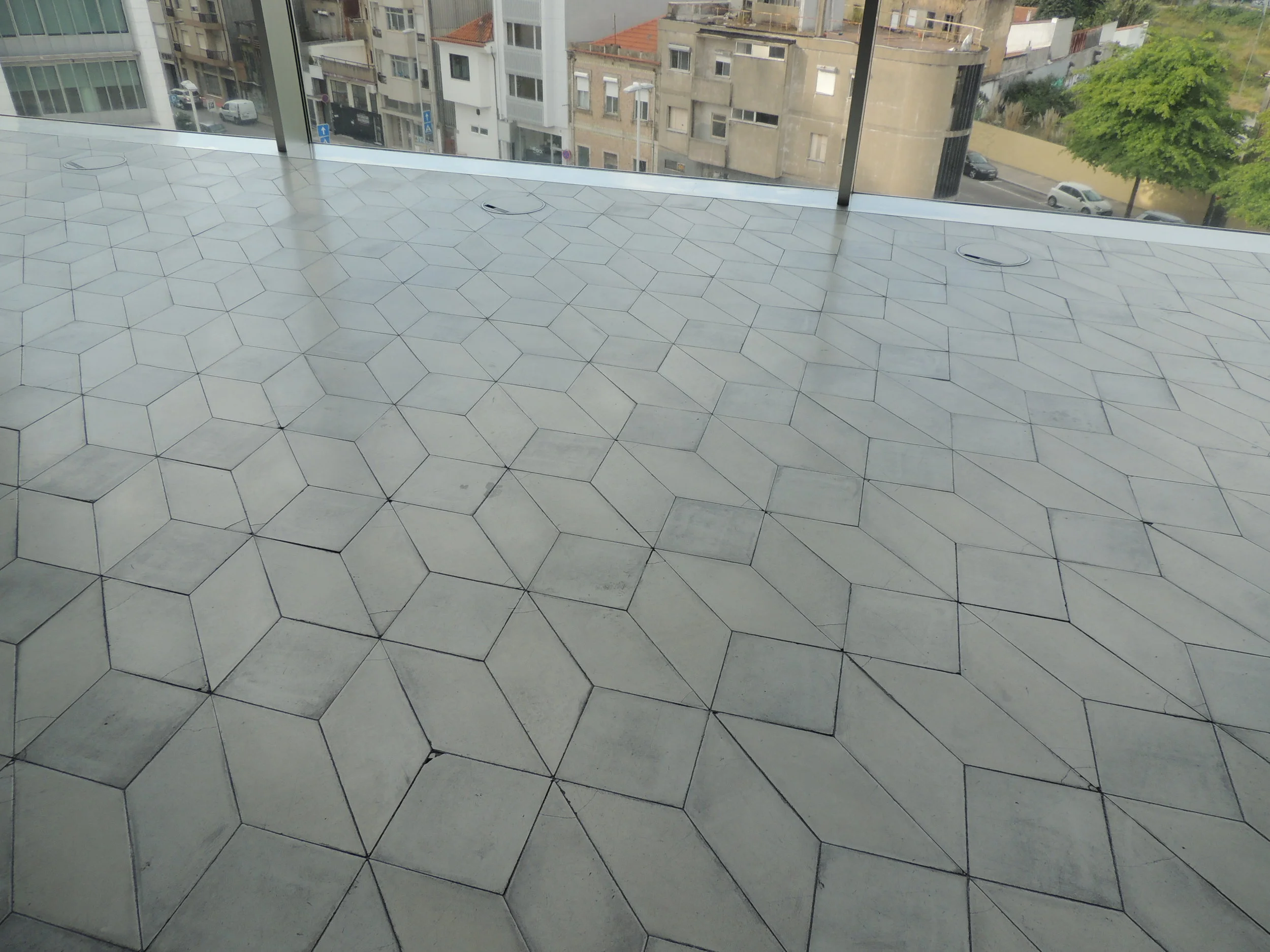VIEWPOINTS: What Does "Green" Really Mean?
/These days, the word “green” may refer to the color of an apple or a blade of grass, but just as likely it refers to a product, or an organization that is understood to be good for the environment. Green energy, green cleaning products, green fashion, are all readily available, and presented to consumers as more responsible and less impactful than their conventional counterparts. Care about the planet? About your grandkids? Buy green!
Here at HAABITT, we’re all for making consumer choices with an eye to their environmental impact, but in our experience, the most sustainable choice isn’t always the one described by marketing materials as “green” (or sustainable, eco-friendly, and any other number of phrases companies use to attract well-intentioned consumers). Rather, it is the choice that considers and does its best to reconcile a number of complex and interrelated factors: minimized environmental impact, minimized human health impact, positive social impact, and the replacement of a linear model of consumption with one that is circular and closed-loop.
We’re working hard to create a future where products and organizations won’t need an additional descriptor to communicate the quality and care of their production because those things will be a given. In the meantime, we’ll use the word “sustainable” behaviors and things that take a conscious approach to materials, modes of production, and modes of distribution. Merriam-Webster defines sustainable as “able to be maintained at a certain rate or level,” while organizing guru Marie Kondo opines that “sustainability is keeping only those things that spark joy to you.” We like both of these definitions, and propose another, specific to our work with HAABITT: “sustainability is making choices consciously with an eye to their impact on our planet, our health, and our fellow citizen.”

